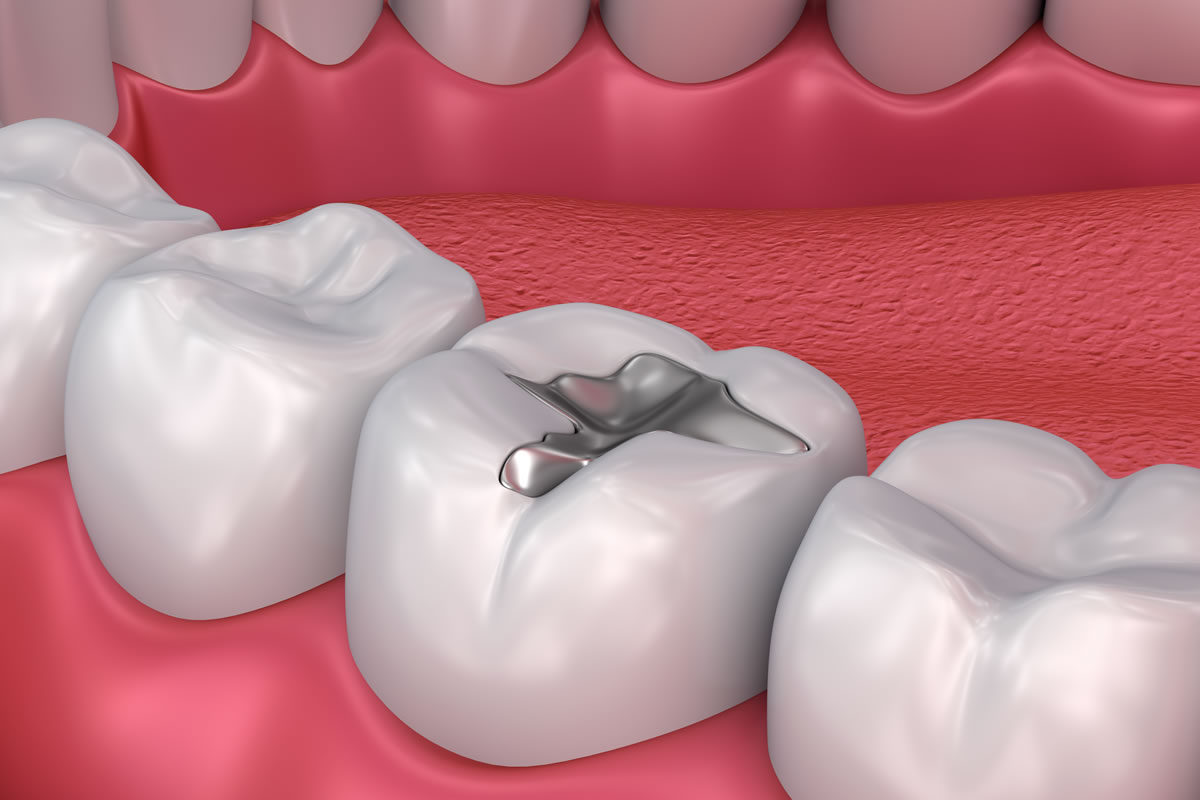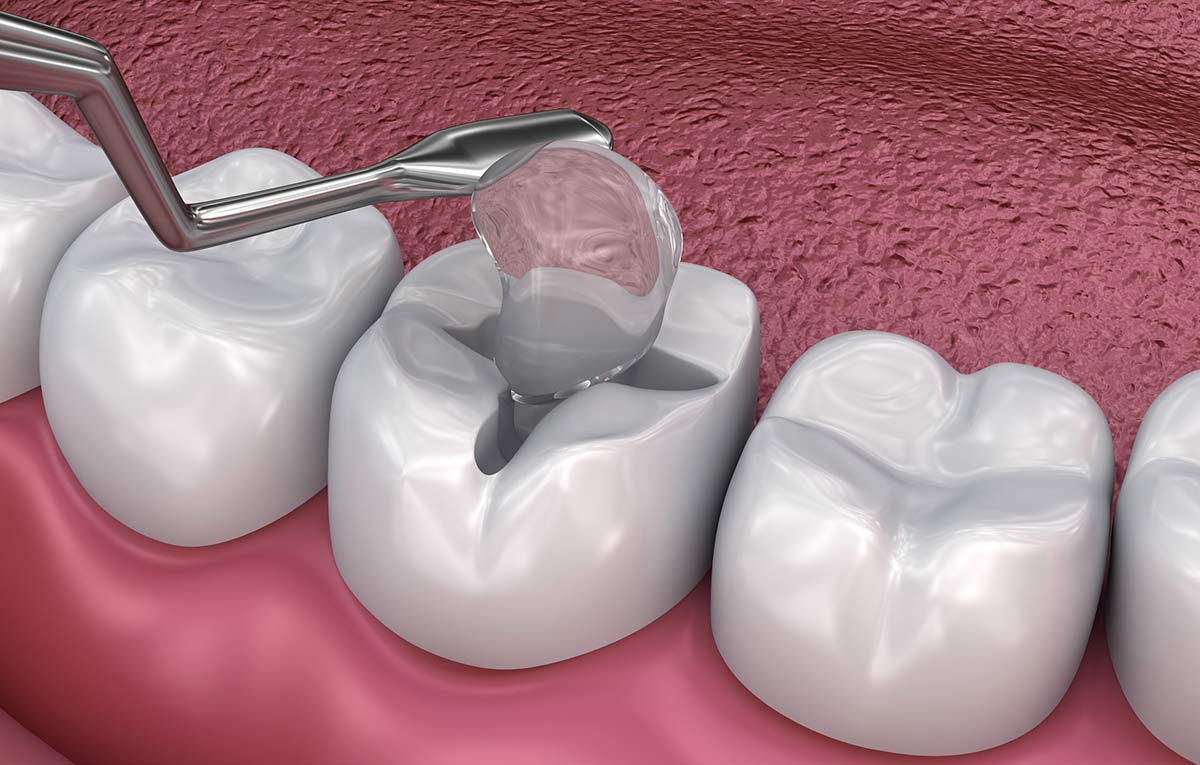If part of a tooth has been lost through decay or damaged due to an accident, your dentist may put in a dental filling. Dental fillings are used to fill a portion of tooth or plug the hole and stop anyfuture pain or discomfort.



There are two basic types of dental fillings:
Traditional Amalgam Fillings
Composite Resin Tooth-Colored Fillings
The course of treatment described here is one of several options available at our dental clinic. Consult your dentist to find out what the best solution is for you, given your specific condition
Having dental fillings and fillings replacement done is a quick and relatively simple process. There should be little or no sensitivity in teeth. Dental fillings treatment can usually be completed within one visit if warranted. If however, there are a large number of fillings, the visits may be separated for better patient comfort.
To maintain your fillings, you should follow good oral hygiene practices:
Traditional Amalgam Fillings
Most of us have had amalgam fillings (silver) or gold filling restorations. Amalgam
fillings are sometimes called mercury fillings as some amalgam fillings contained
minute amounts of mercury. Adgg
Advantages
★ Durability - lasts at least 10 to 15 years or more
★ Strength - can withstand chewing forces
★ Expense - is less expensive than composite fillings
Disadvantages
★ Poor aesthetics - does not match the color of your natural teeth
★ Destruction of more tooth structure - healthy parts of the tooth may need
to be removed to make a space large enough to hold the amalgam filling
★ Discoloration - amalgam fillings can create a grayish hue to the surrounding
tooth structure and tend to blacken over time
★ Rare Allergic reactions - a small percentage of people, approximately 1%,
are allergic
to the mercury present in amalgam restorations
Composite resin dental fillings or white fillings are tooth fillings colored to look like a natural tooth.
Advantages
★ Aesthetics - shade/color can be matched to existing teeth ? well suited
for front teeth use
★ Versatility in uses - in addition to use as a filling material for decay,
composite
fillings can also be used to repair chipped, broken or worn teeth
★ Tooth-sparing preparation - less tooth structure may need to be removed
compared
with amalgams
Disadvantages
★ Durability - may not last as long as amalgams on average
★ Increased treatment time - because of the process to apply the composite
material
★ Chipping - depending on location, composite materials can chip off the tooth
★ Expense - composite fillings can cost up to twice the cost of amalgams